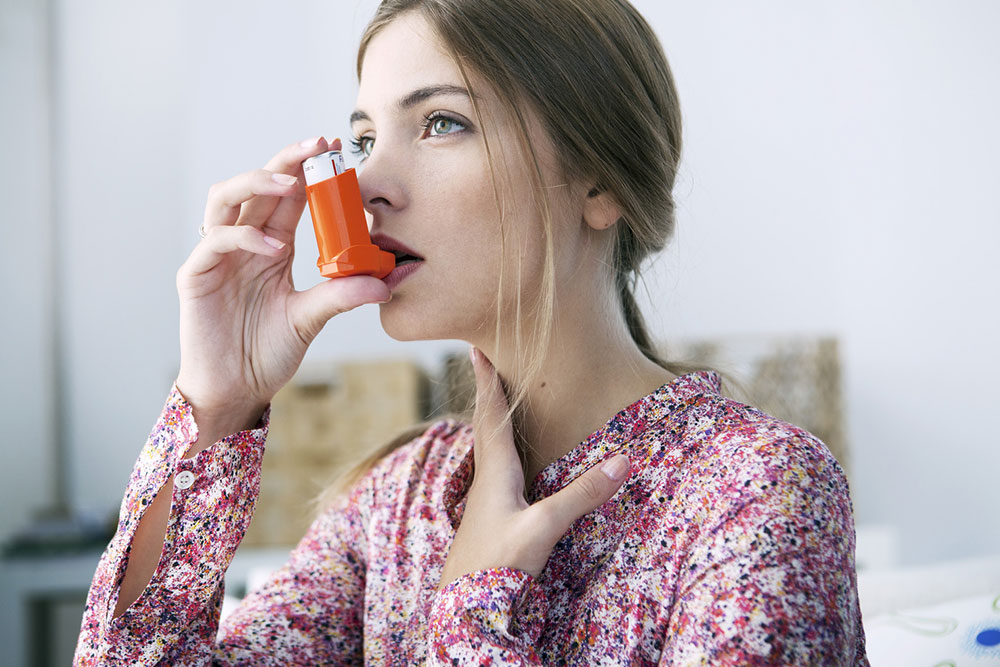
Stages and warning signs of COPD
Chronic Obstructive Pulmonary Disease (COPD) is a progressive lung disorder that causes grave breathing issues. It is a serious medical condition that also includes therapeutic illnesses such as chronic bronchitis and emphysema. As per a report released by the U.S. Centers for Disease Control and Prevention, more than 15 million American people are dealing with the condition of COPD currently.
Stages of COPD
Broadly, there are four stages of COPD. With each progressing stage, the amount of air flowing through your lungs decreases, making it even harder to breathe.
The classification of the various stages depends upon a lung function test known as the FEV1 test. The test measures the amount of air that you can forcefully expire from your lungs in one second. The results are then compared to what is expected from healthy lungs of the same age.
As per The Lung Institute, the criteria for every stage of COPD are as shown below:
- Stage 1
Mild COPD – FEV1 ≥ 80% - Stage 2
Moderate COPD – FEV1 from 50 to 79% - Stage 3
Severe COPD – FEV1 from 30% to 49% - Stage 4
Very severe COPD – FEV1 <30%
During the initial stages of the disease, the chronic symptoms such as shortness of breath with exertion, excess sputum, chronic cough, dyspnea, fatigue, wheezing, increased yellow and green mucus production and decreased levels of oxygen in the bloodstream may not be present. These symptoms begin to appear as the disease progresses.
People suffering from the last stage have the most serious symptoms. At this stage, no treatments can reverse the damage, but they can only be used to slow down the progress of COPD.
Early Warning Signs of COPD
COPD is generally accompanied by a lot of early warning signals that can help you in learning about the disease and preventing any kinds of flare-ups. Some crucial early signs of COPD are as follows:
- Increased shortness of breath
This is the most common early sign where you feel more short of breath than is normal for you. - Excessive coughing
You may experience coughing on a regular basis. - Tightness in the chest
Your chest feels sore, either due to coughing or some changes going inside the chest. - A feeling of anxiety
You start worrying a lot about things that probably didn’t matter before, and for no apparent reason. - Fluid retention
This is an important sign that may indicate some changes taking place in your body. You may experience a sudden weight gain or develop feet or ankle edema. - Sleeping problems
Excessive coughing, declining oxygen levels or too much anxiety may contribute to sleeping problems. - Perpetual cold or flu-like symptoms
Sniffling, sneezing, scratchy throat and itchy nose are common early signs of COPD. - Change in the color of sputum
In the case of COPD, the color of sputum changes from transparent to yellow, green or red, notifying something abnormal. - Feeling the need for rescue medicine more than usual
A lot of people with COPD take rescue medicine like albuterol and taking this more than often is a warning sign.
All in all, it makes sense to watch out for COPD symptoms and consult a doctor even if you are slightly suspicious. An early diagnosis can make the treatment more successful.


